At Navitor, we care deeply about our employees, customers, and our communities. To safeguard the health and safety of our employees to ensure you receive what you need to keep our communities safe, we wanted to share our protocols and procedures. We will continue to monitor and review guidelines and recommendations and will adjust plans as necessary. We believe our distributors have made and will continue to make a major impact on the overall health of our local communities across the nation because you have access to a wide range of ideas and solutions for restaurants, retail establishments, schools, hospitals, and more.
The following is a summary of COVID-19 Prevention Practices that we are currently following:
- Require all employees whose duties allow them to work remotely to do so
- Require the usage of cloth face coverings for all employees working in our facilities
- Conducting electronic symptom checks daily through an emergency texting platform housed in our corporate office. We are following up on any “yes” answers to verify the employees are not in the facility
- Conducting frequent cleaning and disinfection on frequently touched surfaces using EPA listed disinfectants for COVID-19
- Enforcing CDC guidelines for the safe return of anybody who has developed symptoms or who has tested positive
- Conducting enhanced cleaning of areas used by anyone who has tested positive
- Conducting contact tracing for anybody who has worked within 6 feet of a person who has received a positive result in the 48 hours prior to the start of their symptoms
- Require employee training on cloth face-covering usage and personal symptom checks
- Review workplaces for proper social distancing
- Install distancing barriers in locations where employees cannot maintain 6 feet of spacing
- Restrict internal business travel
- Limit location visitors to critical visits only
- Conduct weekly update calls with a single point of contact for each location regarding proper COVID-19 procedure
- Conduct daily COVID-19 subgroup planning calls and daily COVID-19 Executive Reviews
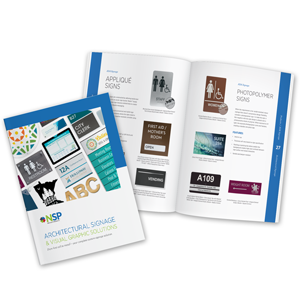 We know that architectural signage projects are different than a regular print order due to the custom nature of the product. It can be a complex process to audit an existing building’s signage and determine what additional signage is required to meet ADA laws or reflect a company’s new brand image.
We know that architectural signage projects are different than a regular print order due to the custom nature of the product. It can be a complex process to audit an existing building’s signage and determine what additional signage is required to meet ADA laws or reflect a company’s new brand image.
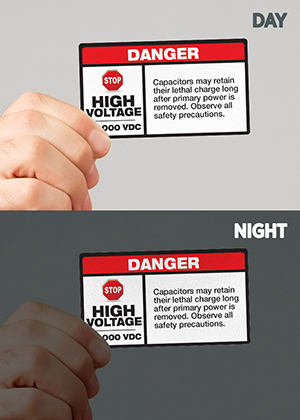 The sun is shining, the temps are starting to rise and it’s time to head outside! Ok, that’s not exactly the case here in Minnesota but a dreary snow-filled day is no match for outdoor labels.
The sun is shining, the temps are starting to rise and it’s time to head outside! Ok, that’s not exactly the case here in Minnesota but a dreary snow-filled day is no match for outdoor labels.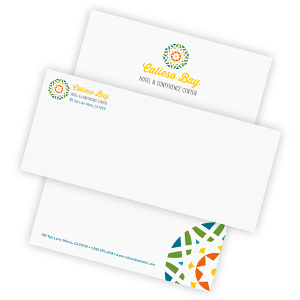 When consumers go out to their mailbox, what they see can make a big difference in whether their mail gets opened. Polished, branded envelopes and letterhead are an essential way to add your customer’s brand to every mailing.
When consumers go out to their mailbox, what they see can make a big difference in whether their mail gets opened. Polished, branded envelopes and letterhead are an essential way to add your customer’s brand to every mailing.
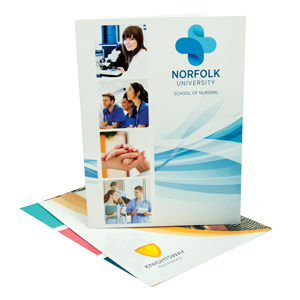 Presentation folders are a great marketing tool for your customers. And they are an ideal sales opportunity for you because they are as practical as they are versatile. Let’s look at the top three reasons to offer these popular products to your customers:
Presentation folders are a great marketing tool for your customers. And they are an ideal sales opportunity for you because they are as practical as they are versatile. Let’s look at the top three reasons to offer these popular products to your customers: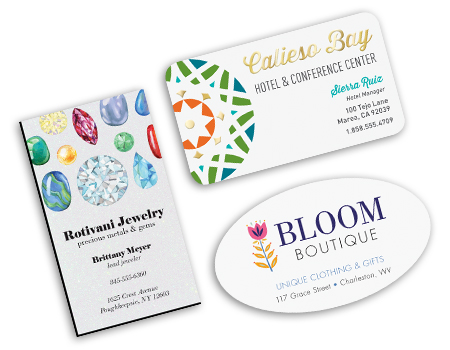 The start of a new year brings new opportunities. It’s the perfect time to make changes – and one change your customers should consider is upgrading their business cards. A unique business card reflecting a company’s personality can really stand out in a stack of generic cards.
The start of a new year brings new opportunities. It’s the perfect time to make changes – and one change your customers should consider is upgrading their business cards. A unique business card reflecting a company’s personality can really stand out in a stack of generic cards.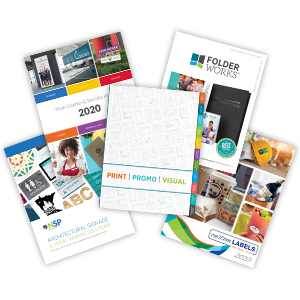 Did you know that you can rebrand a digital copy of our catalog with your logo and contact information? Creating an ecatalog personalized with your business’s brand takes just a few minutes, and you can use this catalog as a customer-facing sales tool. We have five reasons you should give our rebrandable ecatalog a try.
Did you know that you can rebrand a digital copy of our catalog with your logo and contact information? Creating an ecatalog personalized with your business’s brand takes just a few minutes, and you can use this catalog as a customer-facing sales tool. We have five reasons you should give our rebrandable ecatalog a try.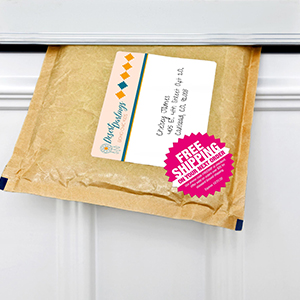 Looking for a fresh, new way to promote YOUR business throughout the New Year? Labels offer a cost-effective solution to getting your business in front of potential customers. Engage your audience with confidence & creativity by using labels that deliver your message when & where you need them.
Looking for a fresh, new way to promote YOUR business throughout the New Year? Labels offer a cost-effective solution to getting your business in front of potential customers. Engage your audience with confidence & creativity by using labels that deliver your message when & where you need them.

